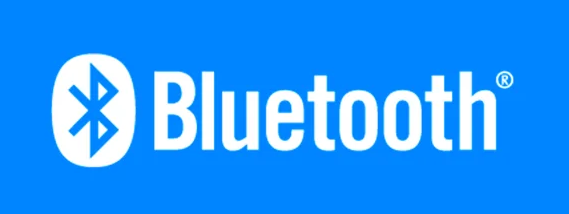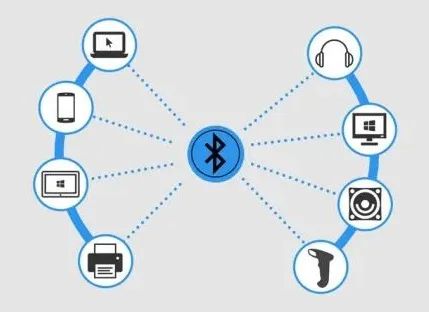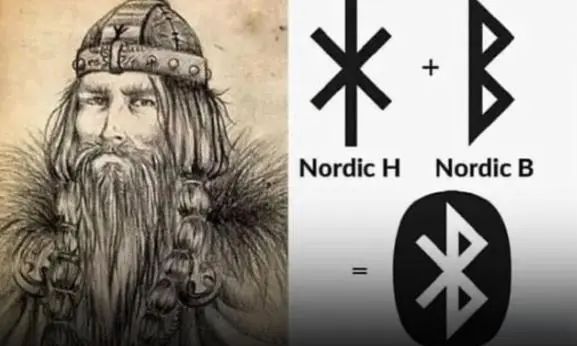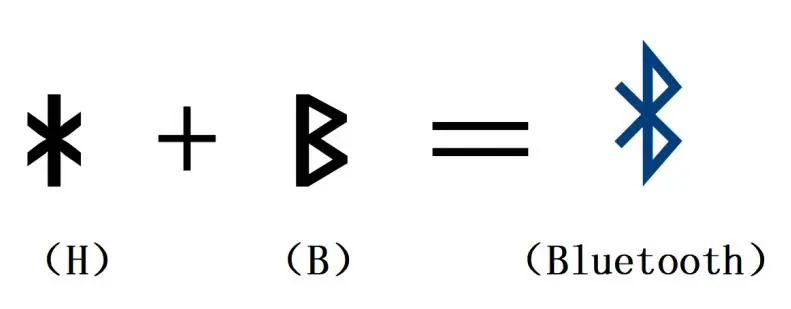We often use Bluetooth in our phones, right? For example, connecting to Bluetooth headphones to listen to music or transferring files between different devices, Bluetooth is a very convenient data transmission method.
But have you ever wondered, since it is a transmission technology, why is the “Bluetooth” used in phones given such a strange name?

As a short-range wireless communication technology, Bluetooth was officially used in the late 1990s. As early as 1994, the Swedish company Ericsson began developing Bluetooth, evolving from the initial version 1.0 to the current Bluetooth 6.0, with continuous upgrades in technology.
As for the name “Bluetooth,” its English name is “Bluetooth,” which translates to “蓝牙” in Chinese.
It is said that in 1994, the Swedish telecommunications giant Ericsson developed Bluetooth wireless transmission technology based on Frequency Hopping Spread Spectrum (FHSS) technology, but to spread it quickly, they needed a catchy name.

Initially, people thought of a name called “PAN,” which is an abbreviation for “Personal Area Network.”
However, at that time, “PAN” already had the meaning of “Local Area Network” in the field of network information technology, so this name was not only unremarkable but could also lead to misunderstandings, thus it was not adopted.
Then someone suggested using the new name “Bluetooth,” which, although seemed whimsical and unrelated to Bluetooth technology itself, had a traceable origin.
In Northern Europe, “Bluetooth” was actually a nickname for a king from Denmark.

During the Viking Age from the 8th to the 11th century, there was a king in Denmark named Harald Blåtand.
He was sociable and a great warrior, ending the Viking Age in Northern Europe around the 10th century and unifying most of the territory that includes present-day Sweden, Denmark, and Norway.
The name “Bluetooth” is said to be because he had a blue tooth. Some say King Harald often ate blueberries, which stained his teeth blue.
Others speculate that he had a dead front tooth that appeared blue, which led people to call him “Bluetooth” (the Blue Tooth King).

Another theory is that in Danish, “Blåtand” translates to “Bluetooth” in English.
Returning to 1994, people hoped that this new technology would unify the field of short-range wireless transmission globally, just like King Harald did. They also hoped that Bluetooth technology would maintain good data exchange between different devices and fields, like the communicative Harald.
Therefore, at the “birth of Bluetooth,” not only the name “Bluetooth” but also the logo of Bluetooth came from Harald. Indeed, it is the Bluetooth switch icon that looks like a bow tie when you open your phone.

It combines the “rune letters” used by the Nordic people at that time, taking the first letters “H (ᚼ)” and “B (ᛒ)” from the name “Harald Blåtand.”
See, if you overlap the vertical line of the rune letters “H” and “B,” it becomes the Bluetooth icon on your phone, doesn’t it?